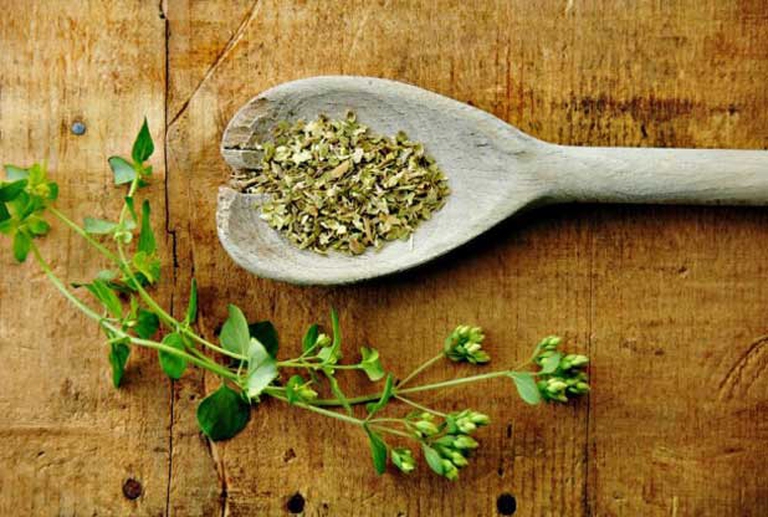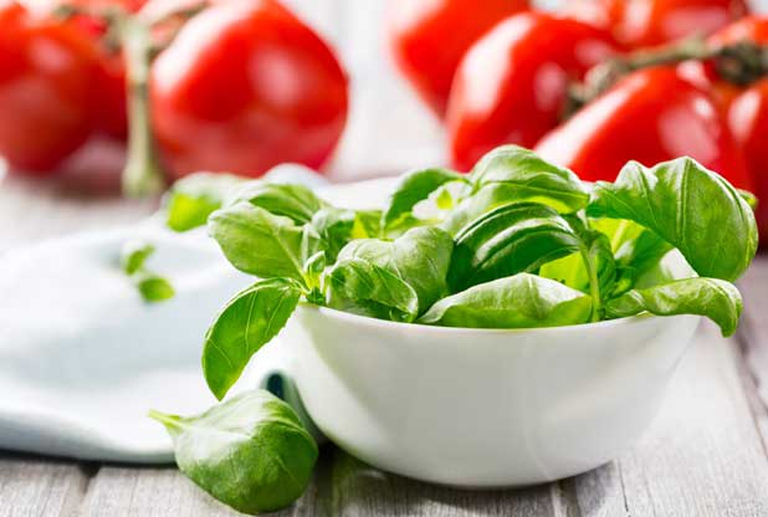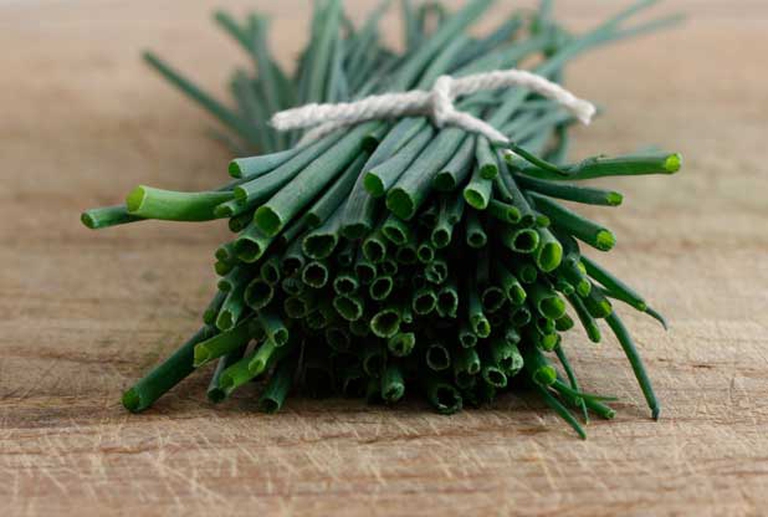
Factory farming conditions and antibiotic-resistant pathogens emerging as a result of them pose an existential threat to humans in the form of zoonotic diseases. Why it’s time to produce and consume food more thoughtfully.
A study published by the British Journal of Nutrition and conducted by the Institute of Biological Chemistry of Urbino University highlights how the use of spices and aromatic herbs combined with raw vegetables, for example salad, amplifies the antioxidant effects of the latter. Adding spices to your aromatic salad increase antioxidant properties Antioxidants are
A study published by the British Journal of Nutrition and conducted by the Institute of Biological Chemistry of Urbino University highlights how the use of spices and aromatic herbs combined with raw vegetables, for example salad, amplifies the antioxidant effects of the latter.
Antioxidants are precious allies to healthy living: they protect the body from free radicals’ attack, responsible for cardiovascular diseases, tumours and ageing. Fruits and vegetables contain such protective substances in abundance. Researchers have now discovered that (like the Mediterranean diet teaches) it’s enough to add a few grammes of oregano or marjoram, thyme, wild fennel, turmeric and so forth to our salads and raw vegetables to see the antioxidant potential of our dishes increase drastically. An example? 3g of marjram in 200g of mixed salad increase antioxidant properties by 200 percent. Amongst the spices tested by researchers, the ones that are most in synergy with vegetables’ antioxidant characteristics, increasing them, are cumin and fresh ginger.
Some Mediterranean herbs to use in cooking for a fresh summer in the name of health.
Sweet, with hints of aniseed. Use its fresh sprouts and, in late summer, its seeds. Its use is very popular in the south of Italy, especially in Sicily where, as well as being one of the ingredients in pasta con sarde, it is used in a variety of recipes. It’s great also as a liquor, a speciality from Calabria, which is prepared with the alcoholic infusion of the plant, water and sugar. Wild fennel is a digestive, tonic, vermifuge and is useful to new mothers because it stimulates the production of milk.
There are 25 species of it that grow wild in forests, uncultivated land and sunny Mediterranean areas. Use the leaves and flowers, fresh or dry. Oregano has an intense aroma, which is almost spicy; its flowers were once used to make a sweet digestive aperitif. It acts as a tonic, stimulant, antispasmodic and is useful for curing cough; strongly antiseptic, it is an excellent preservative for broths and pickled foods.
Similar to oregano, with small and oval-shaped leaves, its taste is more delicate. Marjoram is a herb typically used in Ligurian cuisine; it’s rare to find a filling that doesn’t include it. It is an aperitif, digestive and antispasmodic, suitable to contrasting abdominal and menstrual pains.
Each variety has its own characteristic scent, more or less tending towards the taste of lemon or mint. When the plant is very small (a week old) it contains traces of a substance which is thought to cause cancer in men (the plant produces this substance to defend itself from parasites): don’t worry though, in growing the plant “purifies” itself, and by the time it’s ready to be picked the toxic substance has vanished, experts say. In any case, the healthy Mediterranean habit of accompanying basil with tomatoes, extra virgin olive oil, garlic and pine nuts, the ingredients of Ligurian pesto, creates an extra barrier against any undesired effects.
Their taste is halfway between that of fresh garlic and onion, though more delicate and aromatic than either of them. Use its spindly and hollow leaves, chopped raw. This herb, which grows naturally but is also easily cultivated in the orchard, has digestive, purifying, antiseptic, stimulating and cardiotonic properties. Its flowers (in season July and August) are edible.
Digestive, refreshing, a stimulant both raw and cooked. Its peppery taste and pungent aroma assuage strong flavours, such as that of eggs, tomatoes and meat. It’s the most ethnic of Mediterranean herbs, working well in couscous, with Moroccan salted codfish and tea-based infusions. It’s also the most suitable to be used in fusion cuisine, excellent in optimising strawberry and raspberry fruit salads, amazing in combination with melon and chocolate.
Siamo anche su WhatsApp. Segui il canale ufficiale LifeGate per restare aggiornata, aggiornato sulle ultime notizie e sulle nostre attività.
![]()
Quest'opera è distribuita con Licenza Creative Commons Attribuzione - Non commerciale - Non opere derivate 4.0 Internazionale.
Factory farming conditions and antibiotic-resistant pathogens emerging as a result of them pose an existential threat to humans in the form of zoonotic diseases. Why it’s time to produce and consume food more thoughtfully.
The world of cinema recognises the link between food choices and the climate crisis by offering vegan menus for awards season events, including at the most important of them all: the Oscars.
Let’s look at the reasons behind the growth of veganism in India, as a small yet vocal section of the population turns towards this diet and lifestyle in the largest milk producing country in the world.
by Jeffrey Y. Campbell, Manager of the Forest and Farm Facility at FAO In the Ecuadorian Amazon, Kichwa farmers grow dozens of products on tiny parcels of land. Their lands hum with biodiversity, yielding nutritious foods that have sustained families for generations. Wandering among fruit and nut trees and crops, these indigenous agroforesters fill their baskets
Mint has many health benefits, but in food it’s often accompanied by artificial green colourings. Instead, Galatea has created a green mint ice cream in a completely natural way.
We’re talking about Galatea, a company that produces semi-finished products for artisanal ice creams using high quality ingredients, natural colouring, excluding thickeners and hydrogenated fats, respecting the environment and supporting the less fortunate.
The mad rush to fake food, like fake meat made with genetically-modified soy, ignores the importance of the diversity of our foods and culinary cultures. It’s a recipe to accelerate the destruction of the Planet and our health.
Like with all foods, the quality of an ice cream can be discerned by reading its label. An expert explains how to do this, and tells us how their company steers clear of chemicals, using only natural ingredients to produce an excellent and “free” ice cream.
Quality ingredients, no artificial colouring and hydrogenated fats. These are the main features of a great ice cream. But what makes an ice cream parlour “good”, i.e. sustainable?













